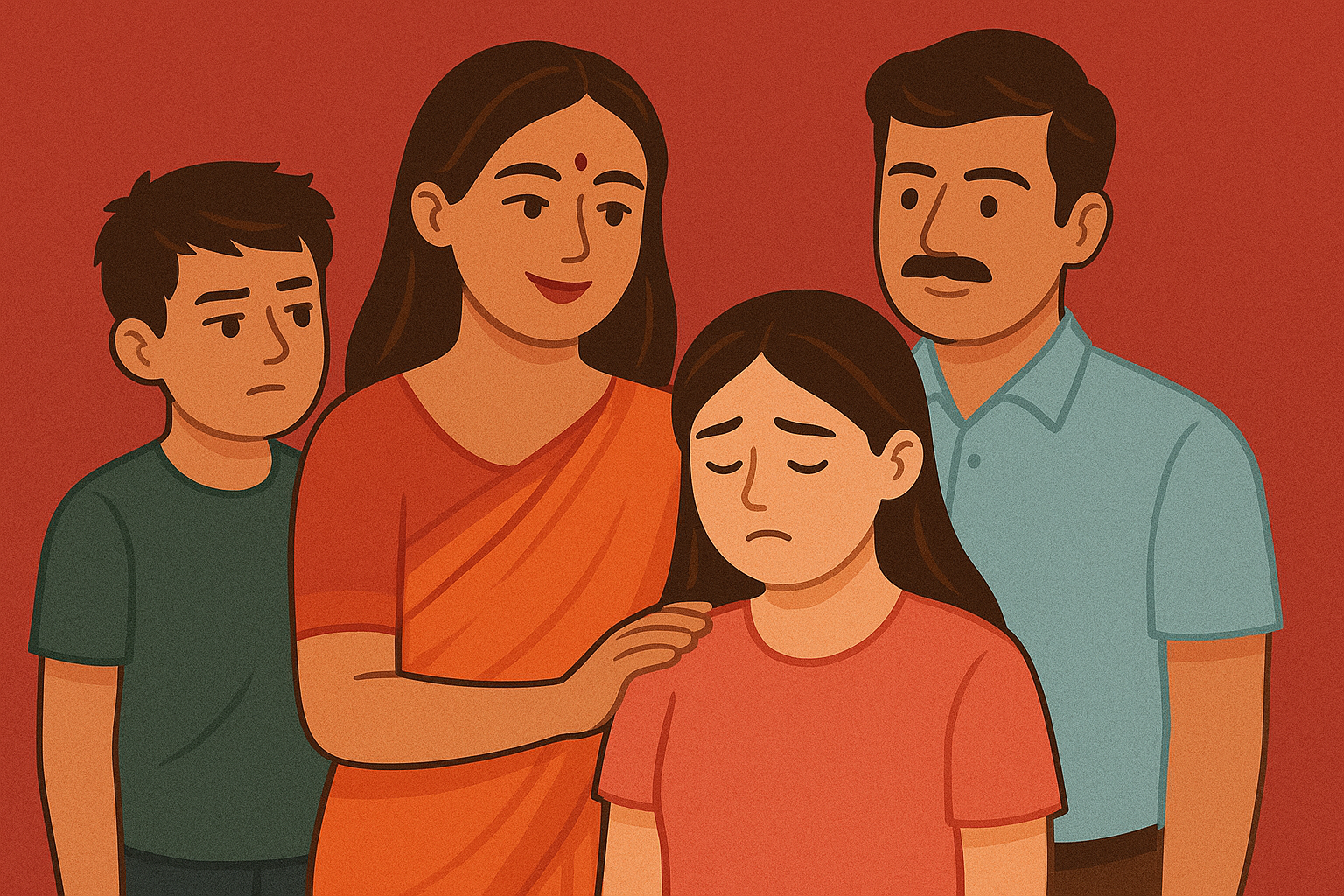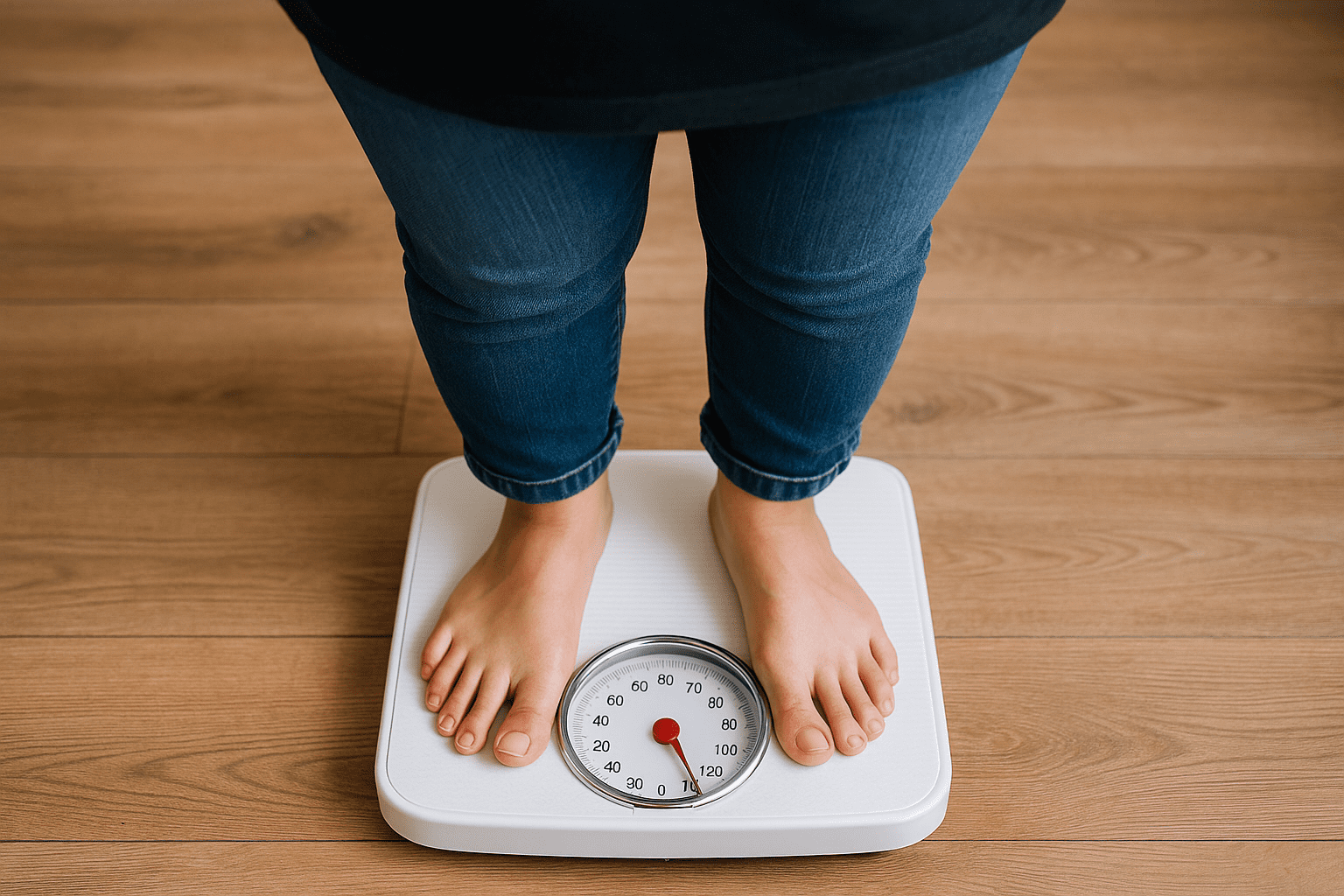Not All Body Image Issues Are the Same
A new international study from Flinders University challenges a long-held belief: that negative body image is a universal experience. The research reveals that family and cultural values strongly shape how young women view their bodies, particularly in Middle Eastern vs. Western societies.
🎯 Why this matters:
Understanding culturally-rooted body image experiences can help tailor interventions for eating disorders, obesity prevention, and mental health support—especially for young women navigating global beauty ideals.
📋 Study Overview: 850 Women, 2 Cultures, 1 Common Challenge
Researchers surveyed over 850 women aged 18–25 in Lebanon and Australia. They examined how mothers and sisters influenced:
- Body dissatisfaction
- Body appreciation
- Eating behaviors
🌍 Key Findings from the Study
🔁 Similar Dissatisfaction, Different Appreciation
- Both groups had similar levels of body dissatisfaction.
- But Middle-Eastern women showed higher body appreciation—feeling more positively toward their bodies overall.
“Our findings challenge the assumption that negative body image is universally experienced in the same way.”
— Melanie Deek, Lead Author
🧕 Why Middle-Eastern Women Appreciate Their Bodies More
- Stronger family ties, particularly with mothers
- Cultural values that promote modesty, respect, and self-acceptance
- More likely to eat mindfully (without screens or distractions)
💬 Insight: Even when “fat talk” (e.g., weight-related comments) occurred in Middle Eastern homes, it was less damaging—sometimes even linked to increased body appreciation.
👩👧👧 The Role of Mothers and Sisters
- Mothers have a greater influence than sisters in shaping body image and eating patterns.
- In both cultures, maternal attitudes toward dieting, food, and appearance had lasting effects—either positive or negative.
“Mothers, more than sisters, were found to have a consistently stronger impact when it came to shaping eating behaviours and body image.”
— Melanie Deek
📱 Western Societies and Social Pressures
While family influences still matter, Australian women reported being more affected by:
- Social media (Instagram, TikTok)
- Peer comparisons
- Celebrity fitness and beauty standards
This contributes to:
- Greater dissatisfaction
- Emotional eating
- Higher likelihood of turning to weight loss drugs like Wegovy or Ozempic
Global Trend: Obesity, Body Image & GLP-1 Drugs
The growing popularity of anti-obesity drugs, especially in the U.S. (41.64% obesity) and other high-income nations, highlights a key contradiction:
We’re treating obesity medically, but driven by aesthetic ideals promoted through social media—not always health needs.
This makes culturally grounded body appreciation more important than ever.
What Does This Mean for Public Health?
3 Takeaways for Policy Makers and Educators:

What’s Next? Expanding Research Beyond Lebanon
The Flinders team plans to extend research to other Middle Eastern regions less influenced by Western media and explore its relevance in multicultural countries like Canada, Australia, and the UK.
“To effectively address body dissatisfaction and disordered eating, we must develop culturally tailored interventions—not one-size-fits-all solutions.”
— Professor Ivanka Prichard
Actionable Tips for Families to Build Body Confidence
👩🍳 Model positive relationships with food
🙅♀️ Avoid negative body talk at home
💪 Celebrate strengths, not sizes
📚 Educate about media manipulation
🧘 Encourage mindful eating and gratitude practices
📌 Final Word: A Global Movement for Body Respect
In a world where beauty ideals are becoming more global—and more unrealistic—this study shows that family and culture can be protective shields against body hate. Let’s use that insight to shape a more body-positive, inclusive future for all.



